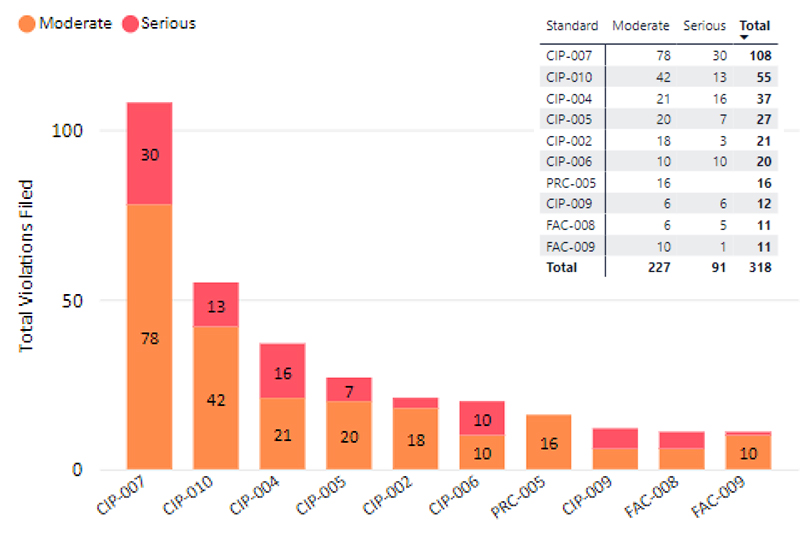FERC on Friday granted two sets of incentives to Dayton Power and Light (NYSE:AES) for transmission upgrades across Ohio (ER23-762).
The 18 projects approved for incentives amount to about $226.4 million, which Dayton stated in its filings represents an approximately 41% increase in its gross transmission plant in service. The company argued that granting its application would allow it to smooth rate changes over time and strike a balance between maintaining its credit quality and reasonable rates for customers.
The work includes upgrades to the Marysville substation, expanding the West Manchester substation, and constructing new substations and 138-kV lines between several substations in the Lewisburg, Madison and Amsterdam areas.
The construction work in progress (CWIP) incentive would help control risk during construction, Dayton said, while the abandoned plant incentive would provide risk mitigation for events outside the utility’s control that cause the abandonment of the project, including PJM canceling projects in its Regional Transmission Expansion Plan (RTEP); state and local permitting requirements that prevent siting and federal; or state environmental permitting requirements.
“The record indicates that the cost for completing these projects will put pressure on Dayton’s finances. Granting the CWIP incentive will help to ease this pressure by providing upfront certainty, improved cash flow and reduced interest expense as Dayton proceeds with these projects,” the commission wrote in its order.
“We agree with Dayton that these projects face substantial risks outside of Dayton’s control. … We find that the risk of project cancellation is particularly acute when, as Dayton notes, Dayton has not yet obtained all the needed permits and local approvals to proceed with building these projects.”
The commission granted approval outright for six projects that have already been incorporated into the RTEP or approved by the Ohio Power Siting Board, while the remaining projects received conditional approval with the stipulation that Dayton submit compliance filings within 30 days of siting board approval or RTEP inclusion.
FERC rejected a protest from Public Citizen arguing that incentives should not continue to be granted “on an ad hoc basis” as the commission is considering revising their use through a Notice of Proposed Rulemaking. The organization also contended that the incentives are meant to be granted when necessary to encourage new transmission investments and that Dayton has not demonstrated that there are substantial risks to justify their approval, particularly given changes to siting and federal financing through the Infrastructure Investment and Jobs Act. (See “Construction Work in Progress,” FERC Issues 1st Proposal out of Transmission Proceeding.)
Commissioner Mark Christie also expressed reservations with the approval in a concurrence, stating that he believes Dayton has met the existing requirements to qualify, but that he believes that FERC needs to re-examine the incentives offered to developers.
“In my concurrences to prior orders … I questioned, among other concerns, whether the commission’s determination of whether ‘substantial challenges and risks’ exist when granting the abandoned plant incentive and other incentives has become nothing more than a check-the-box exercise,” he said, pointing to his concurrence in the granting of incentives to NextEra Energy (ER22-1886).
Christie had likened the granting of incentives before a project’s completion to turning customers into a bank for developers, with consumers expected to loan money through formula rates while also paying the utility a profit. The abandoned plant incentives approved for Dayton also would make ratepayers the “insurer of last resort.”
“Just as consumers receive no interest for the money they effectively loan transmission developers through CWIP, they receive no premiums for the insurance they provide through the abandoned plant incentive if the project is never built,” Christie wrote in concurrence to Friday’s order. “And if the CWIP incentive is a de facto loan and the abandoned plant incentive is de facto insurance — both provided by consumers — then the RTO participation adder, which increases the transmission owner’s [return on equity] above the market cost of equity capital, is an involuntary gift from consumers.”
